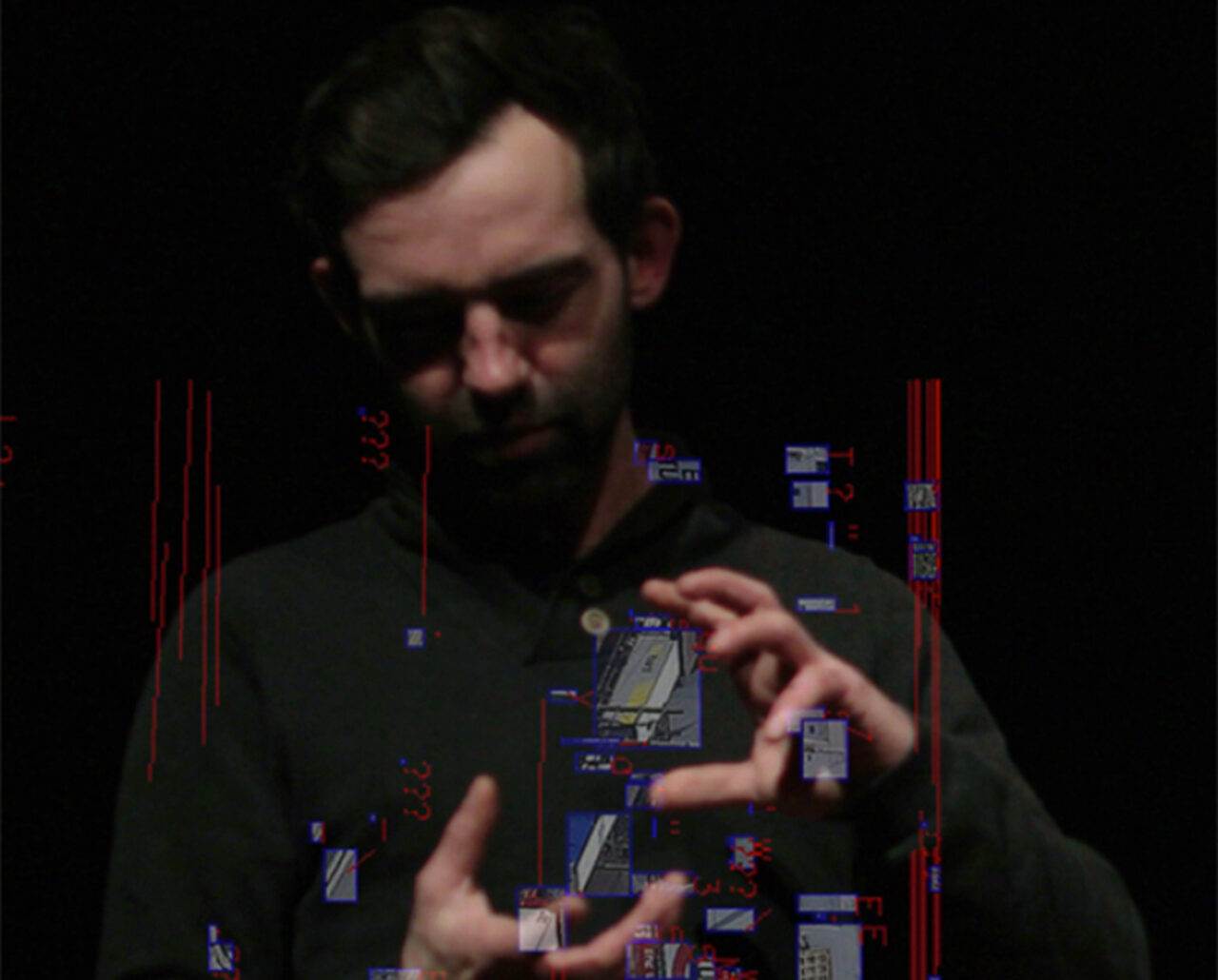

Reflecting the diversity and complexity of the digital and technology-driven art scene is a core value of NEoN. We believe the arts can be a powerful platform for social change, and we strive to include a multitude of voices and perspectives in the planning and implementation of our artistic work and operations. Bringing together like-minded emerging artists and well-established artists, we aim to influence and reshape the genre with an organisation founded on feminist values.
Back in 2021, working with Dr Michael Pierre Johnson from The Glasgow School of Art’s Innovation School, we started to rethink how to develop evidence-based approaches to evaluating outreach in making digital skills, arts and creative careers accessible to everyone. Since the Covid-19 disruption, the opportunity was seen to use the collaboration to support and evaluate NEoN’s adaptation and re-emergence going forward. We’ve done this by gathering reflections from artists, collaborators and volunteers who contributed to some of NEoN’s past projects and successes. This evaluative review has focused on three key areas that NEoN believes can shape its model of practice going forward: student and graduate work placements; Pop-Up digital arts with external partners; and the annual festival’s provision of public art, symposia and podcasts.
The major issue Nathan identifies in this paper is that new media art processes, objects, and methodologies have become increasingly complex and “hard to grasp”. This problem is, in fact, an opportunity that can ‘spark a [new] public into being’, inviting us to rethink symposia and similar discursive activities at arts festivals towards the kinds of collectivity the world needs now.
One solution Nathan proposes is to move away from the energy inefficiencies and inequalities of the annual symposium model, towards the idea of a “permasymposium” which reflects the closed loops of permaculture and natural ecologies, rather than the media ecology of ‘products’ with shelf lives, ‘launches’, ‘drops’, and built-in obsolescence. Nathan uses a variety of systems diagrams to pose and model different kind of approach to gathering, processing and storing the kinds of knowledge made in digital and new media arts.
To read Nathan’s finished paper, please download here Rethinking Symposia as Energy Systems (PDF)